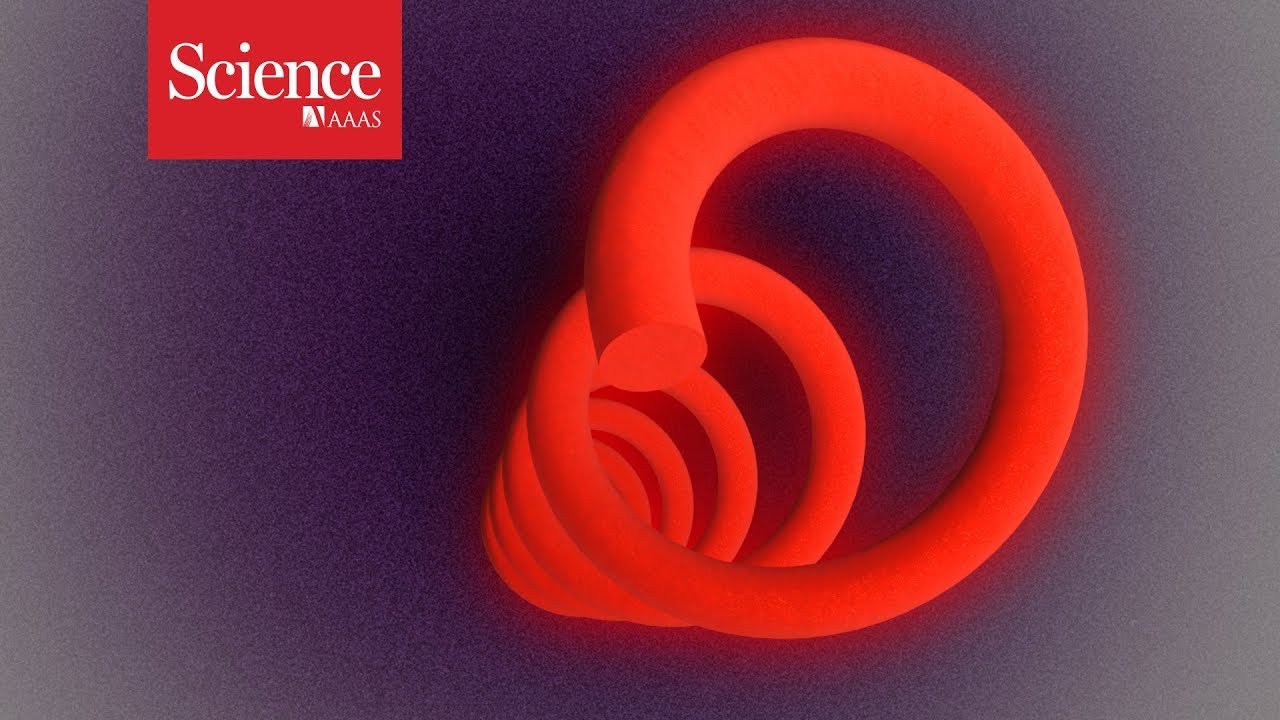
A nanorobot made of spirulina algae destroyed 90% of cancer cells and could deliver medicines to targeted areas of the body, according to new research.
Scientists were able to magnetize the coil-shaped microorganism and track its location inside a living body by detecting its fluorescence. The microbot biodegrades naturally within hours or days, and damages only cancer cells as it does so.
Better known for its nutritional value as a food supplement, spirulina’s biocompatible properties and helix shape make it a useful agent for potential medical treatment. While testing nanorobots made of synthetic spheres, tubes and cages (smaller than animal cells), scientists struggled to find a fuel which was not toxic to humans. Another challenge was navigating the body’s complex array of proteins and natural molecules while still being able to detect where the agent would be.
Initially, researchers built models based on spirulina before deciding to use the alga itself. The scientists developed a one-step method to magnetize the alga, encasing millions of spirulina in iron oxide to create a biohybrid nanorobot. Using its natural fluorescent properties, the scientists followed the nanobot’s whereabouts near the body’s surface, switching to nuclear magnetic resonance (NMR) to trace its progress deeper into the body.
“It’s a step forward that you can track these swimmers in the body,” Joseph Wang, a nanoengineer at the University of California, San Diego, who is developing another type of medical microbot, told Science Magazine. “And it’s biocompatible and low cost.”
Will IoT change the future of healthcare?
Why the healthcare industry is hacking graphics technology to power machine intelligence
AI system detects bowel cancer in under a second
Astonishingly, the cancer-killing properties emerged as an unexpected side-effect of the alga’s biodegrading process. Testing revealed 90% of tumour cells growing in a lab dish were killed after exposure to spirulina for 48 hours. Further experimentation indicated the alga releases a compound which is toxic only to cancerous cells.
The next stage will be to develop the microbot’s drug-carrying capabilities, possibly by attaching cargo to the bot’s spiral or within it. Researchers need to prove the method would be more effective than an injection or pill. The tech could be ready for medical use in ten years.
The research was carried out by the Chinese University of Hong Kong, University of Edinburgh and University of Manchester was published in Science Robotics on November 22.






